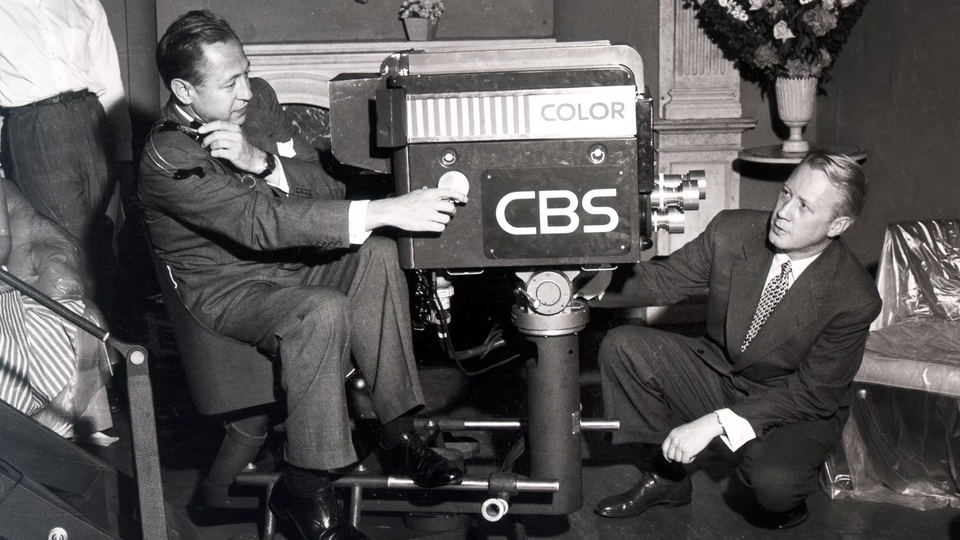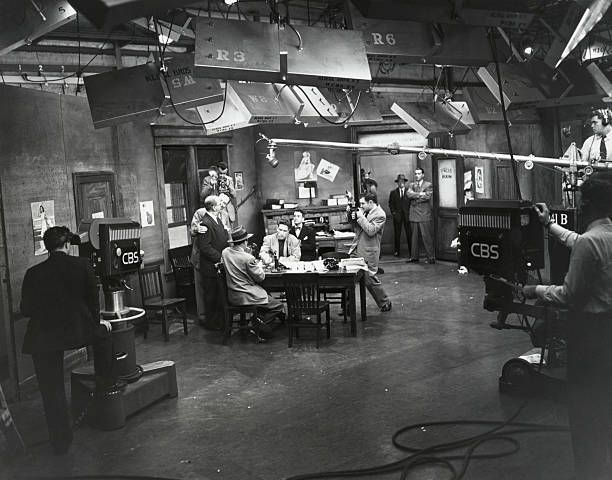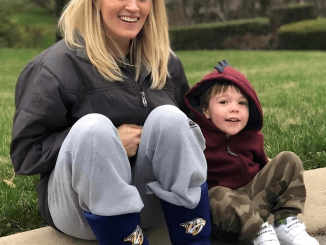CBS Television Workshop stands as a fascinating chapter in the history of television. Though short-lived, this anthology series left an indelible mark with its innovative storytelling, experimental approach, and a roster of guest stars who would later become Hollywood icons. First airing in 1952 and briefly revived in 1960, the series highlighted the potential of television as an artistic medium during its formative years. Let’s delve into the history, notable features, and enduring impact of CBS Television Workshop.
The 1952 Series: A Bold Experiment in Television
The first iteration of CBS Television Workshop aired from January 13 to April 13, 1952. Though it spanned only a few months, it showcased adaptations of works by renowned writers like Ray Bradbury and featured performances by future stars, making it a treasure trove of early television innovation.
The opening episode, a dramatized 30-minute version of Don Quixote, was a testament to the show’s ambition. Directed by Sidney Lumet and starring Boris Karloff as Don Quixote, with Grace Kelly as Dulcinea, it set the tone for a series that sought to push creative boundaries.
Notable Guest Stars
The series boasted an impressive lineup of guest stars who would later achieve legendary status. These included:
- Audrey Hepburn
- James Dean
- Sidney Poitier
- Grace Kelly
- Leslie Nielsen
Such appearances offered early glimpses of their immense talent, adding a unique allure to the show.
Critical Reception: Mixed Beginnings to Memorable Moments
At first, the series faced criticism for its uneven quality. According to Motion Picture Daily (MPD), it had “an uneven start” but eventually found its footing. One standout episode, The Rocket, highlighted strong performances, though its script quality was questioned.
Another episode, The Gallows Tree, received glowing reviews. MPD described it as “excitingly outstanding” and praised Geraldine Fitzgerald for her captivating performance, while applauding Director Robert Stevens for his imaginative execution.
The 1960 Revival: A New Era of Experimentation
In 1960, CBS Television Workshop returned with a renewed focus on experimental storytelling. Airing from January 24 to May 1 and again from October 2 to December 25, this version sought to blend new talent with established professionals. The series aired on Sundays from noon to 12:30 p.m., presenting a unique format that explored television’s artistic potential.
One particularly innovative episode, Afterthought, used no dialogue or actors. Instead, it relied on a series of visual and auditory cues—a florist’s bill, a rejected engagement ring, soft music, and even the sound of a weapon—to tell a story. This avant-garde approach was ahead of its time, showcasing the versatility of television as a medium.

Critical Observations
While the revival garnered attention for its experimental methods, not all reviews were favorable. Variety critiqued the episode Flight of Fancy, describing its lead, Margaret Truman, as miscast. Despite such criticism, the overall ambition of the 1960 series cemented its role as a platform for creativity and innovation.
Why CBS Television Workshop Matters Today
Although its run was brief, CBS Television Workshop remains significant for several reasons:
- Platform for Emerging Talent
The series provided early opportunities for actors like James Dean, Audrey Hepburn, and Sidney Poitier, offering them a stage to refine their craft. - Innovative Storytelling
By experimenting with formats, dialogue-free narratives, and challenging scripts, the show pushed boundaries and paved the way for modern television anthologies like The Twilight Zone and Black Mirror. - Highlighting Television’s Artistic Potential
At a time when TV was still finding its identity, CBS Television Workshop demonstrated that the medium could be a legitimate platform for artistic expression.
Iconic Episodes That Defined the Series
Several episodes of CBS Television Workshop stand out for their creativity and impact:
- Don Quixote (1952): Boris Karloff’s portrayal of the iconic literary figure was both heartfelt and haunting, while Sidney Lumet’s direction hinted at his future success in film.
- The Rocket (1952): Adapted from a Ray Bradbury story, this episode showcased powerful performances despite a weaker script.
- Afterthought (1960): A masterclass in non-verbal storytelling, this episode broke new ground by relying entirely on sound and visuals.

The Legacy of CBS Television Workshop
Though CBS Television Workshop is often overshadowed by longer-running and more commercially successful series, its influence cannot be denied. By combining bold storytelling, innovative direction, and a showcase for budding talent, it helped shape the evolution of television as an art form.
The series also set a precedent for anthology shows, proving that even a short-lived program can leave a lasting impression. Its commitment to experimentation and artistry serves as an inspiration for creators to this day.
Conclusion: A Hidden Gem in Television History
CBS Television Workshop may not have had the longest run, but its impact resonates decades later. From launching the careers of iconic actors to pioneering experimental storytelling, it played a vital role in the development of television. As we look back on this hidden gem, we’re reminded of the limitless potential of creativity, even in the earliest days of a medium still finding its voice.
For fans of classic TV and those who appreciate innovative storytelling, CBS Television Workshop stands as a timeless example of how bold ideas can transcend time, leaving an enduring legacy in entertainment history.


